A discription of Dartmoor from the Dave Upton Photography website.
“Dartmoor National Park covers an area of 368 square miles. The largest, and wildest, area of open country in Southern England. Nearly half of this is open moorland,with a further 11% covered by forests and woodland.
Dartmoor dominates South Devon, and provides quite a contrast to the milder southern costal resorts. The upland area of Dartmoor is wide and boggy, broken by dramatic and rocky windswept Tors. The river Dart rolls through the moor, effectively slicing it in two. In the summer, purple and yellow heather and gorse carpet the ground, softening the harshness of the area. The edges of Dartmoor have a gentler aspect with wooded valleys and streams, ancient bridges, winding lanes, farmhouses and farmland.
There is a wide range of flora and fauna, many plants and animals being uniquely adapted to life on the inhospitable ground of the High Moor. Every age of man has left some impression on the Moor. It is an area that offers so many interests for the prospective visitor to discover during all seasons of the year.
Dartmoor isn’t just wild, it’s special too. There are nature reserves and sites of Special Scientific Interest, endangered birds and rare plants, and thousands of archaeological sites, including burial chambers, stone circles and menhirs – more than anywhere else in Europe.”
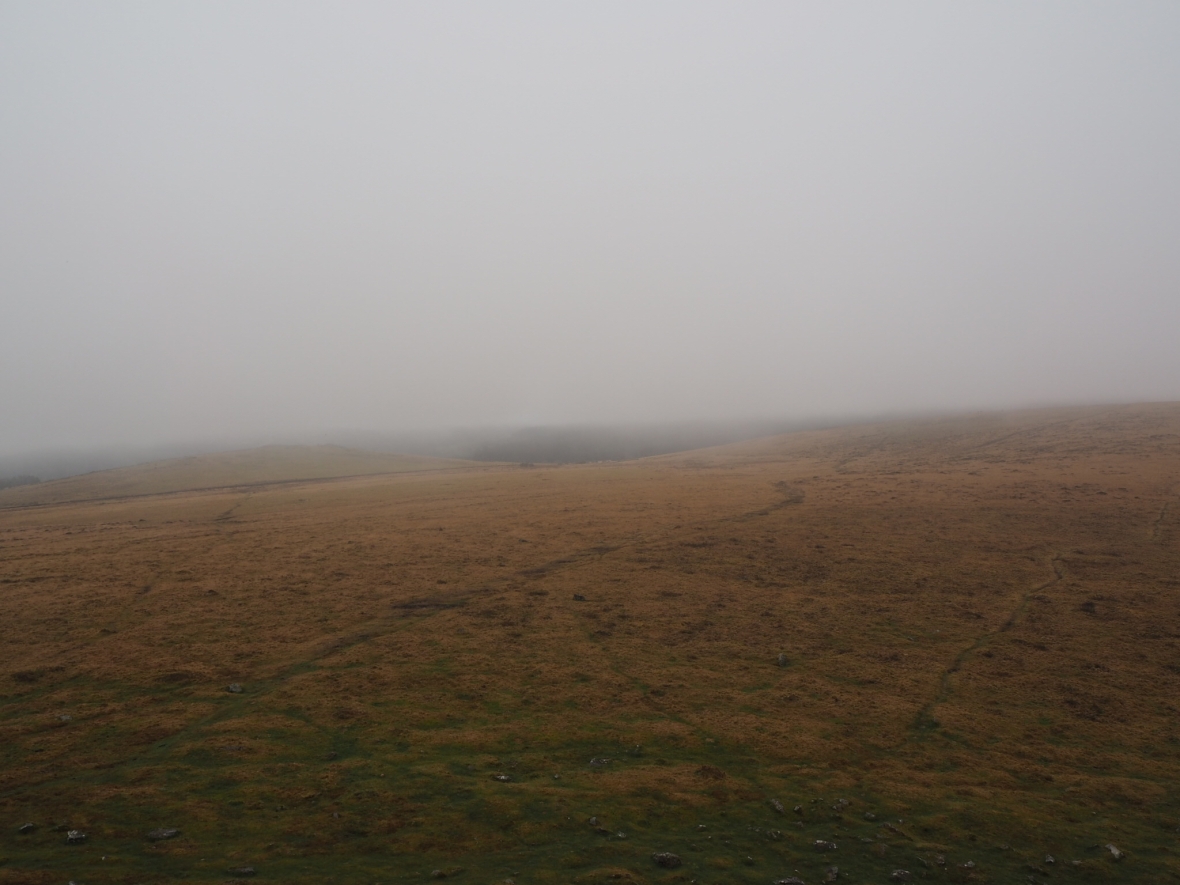
OLYMPUS DIGITAL CAMERA
The climate of Dartmoor is very unique. I find quite often when I drive from Exeter (a town about 17 miles away) it can be a lovely sunny day and then when you almost get to Dartmoor is is drizzling and is foggy. As a result of this and the diverse habitats there are a lot of diverse species, a lot of which are very hardy. Also the case for many of the human species. Dartmoor is particularly noted for it rare lichen and butterfly species.
The Dartmoor National Park website about the Specialised Species on Dartmoor says “Dartmoor is home to over 50% of Britain’s population of several globally threatened species including Greater Horseshoe Bat, Blue Ground Beetle, Bog Hoverfly and Flax-leaved St John’s-wort. There are nationally important populations of Otter, Dormouse, Cirl Bunting, High Brown Fritillary, Pearl-bordered Fritillary, Marsh Fritillary, Freshwater Shrimp and Deptford Pink within the National Park.”
FLORA AND FAUNA.
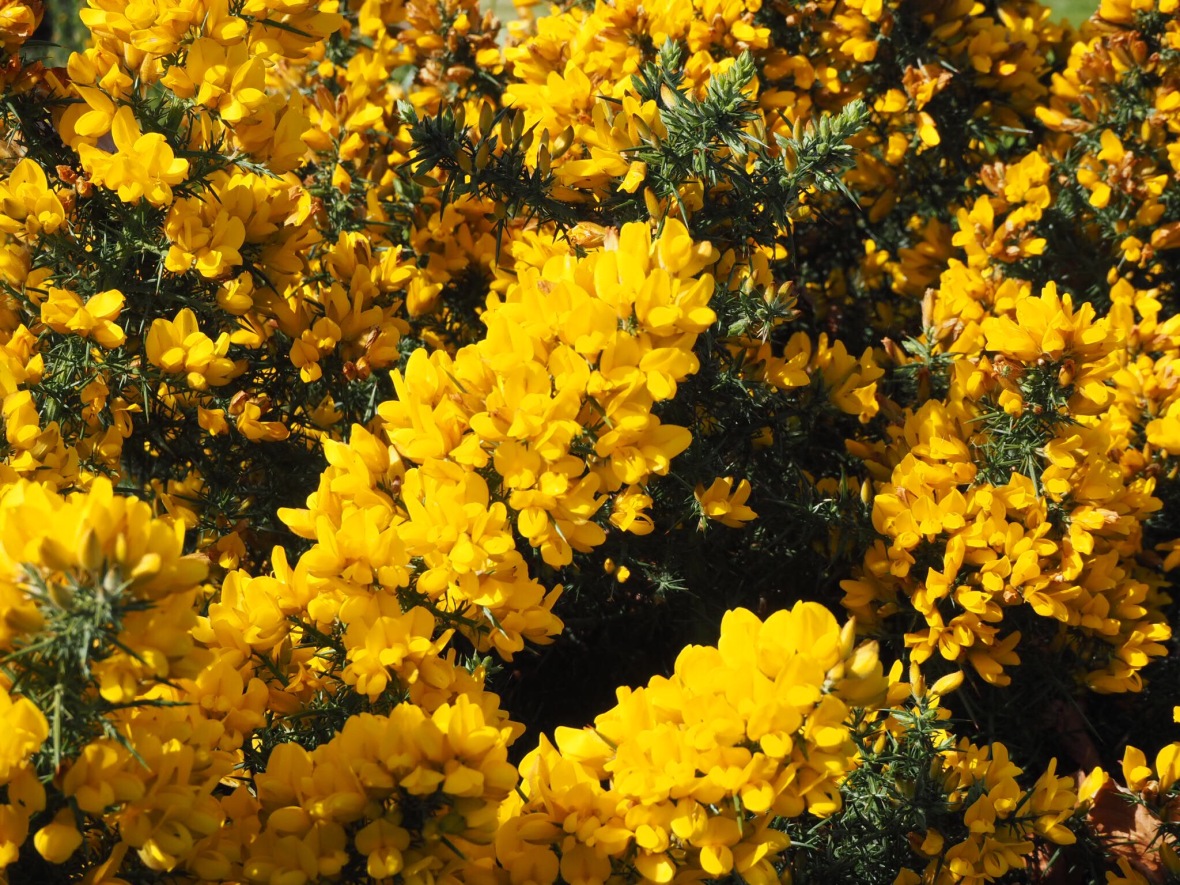
Gorse at Hunter’s Path
Gorse covers huge amounts of Dartmoor and is one of my favourite plants. Colourful yet aggressive. It also smells lovely – like coconut. I found some historical information about Gorse and it actually turns out the Chagford (my home town) means Gorse Ford: “There are numerous place and field names on Dartmoor with the element ‘furze’ denoting the presence of gorse. Amongst which are; Furze Hill, Furze Acres, Furze Park, Furzeland Down, Furzeleigh Mill and there is even a rock-climb on Heltor called ‘furze’. In contrast there are very few names with the element ‘gorse’ amongst which are Gorse Pool and Gorselands. The Old English name for furze or gorse was ceacge and this can be found as a descriptive element in the place-name of the small moorland town of Chagford, the derivative of which means Gorse Ford.”
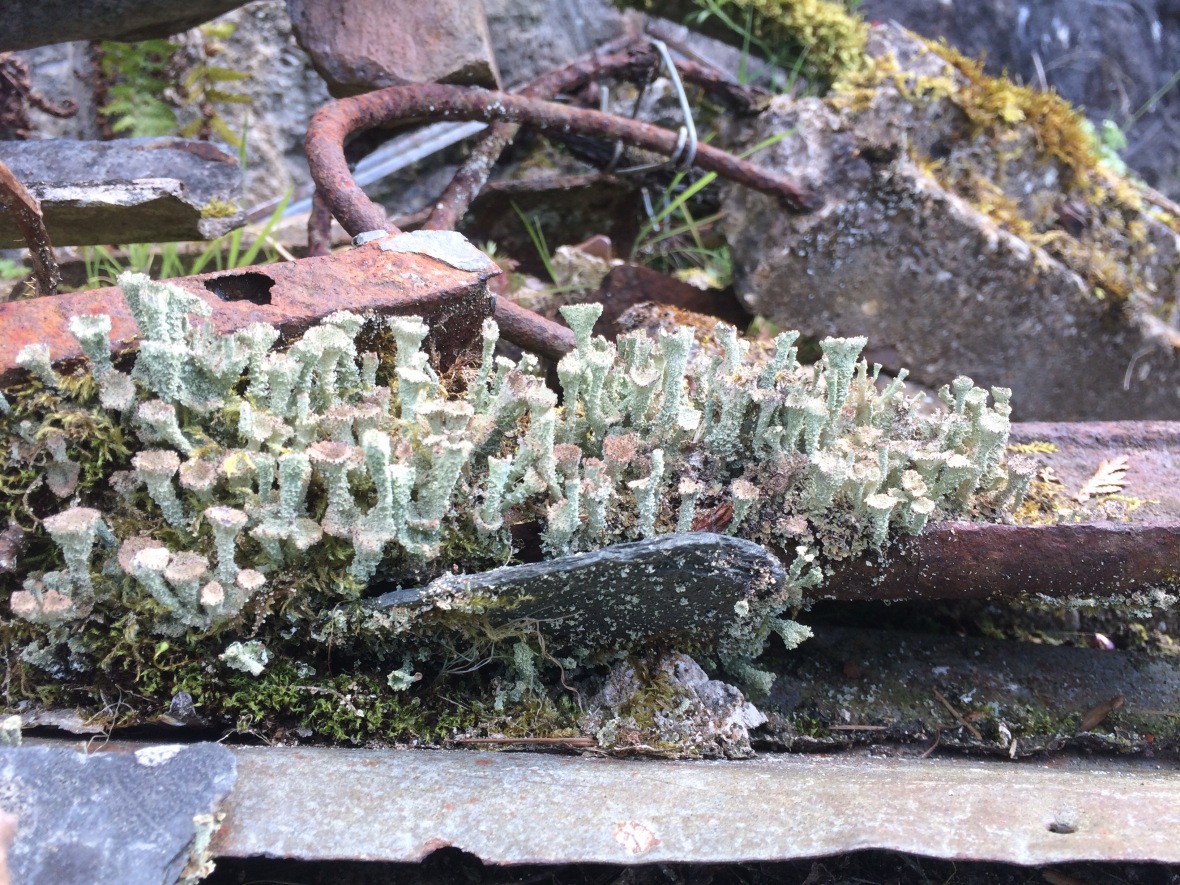
Lichen.
Photographing lichen has made me realise how varied it is. Speaking to a friend of mine about it he told me that lichen is like coral. It only grows in places like Dartmoor because of the climate. It feeds of the high moisture content in the air so during the winter it thrive and in summer it dries out. Some certain types grow in certain pockets. There are many different types of lichen with some excellent names such as Cupthong, Cudbear, Parelle and Piskie Cup. They are mention in this website about the history of lichen being used as a dye of very varying colours.
” The main species of lichen that have particular conservation importance on Dartmoor are: Byroria smithii, Orange Fruited Elm Lichen, Graphina paulciloculata, Pertusaria melanochlora, Porocyphus kenmorensis, Schismatomma graphidioides, the String of Sausage Lichen, Golden Hair Lichen, Collema fragrans and Pannaria sampaiana. All of these species range from being seriously endangered, endangered, vulnerable or threatened with many coming under the protection of the Wildlife and Countryside Act of 1981.”
I also found this blog Common Lichens on Dartmoor Tors about the different species and photos to go with them. And this website page on the Woodland Trust website about a SSSI and the battle between lichens. Lichens are of such importance that they have legal protection. There is also a government Dartmoor Biodiversity Action Plan about how to protect lichen and moss.
Photos of different species from the blog:
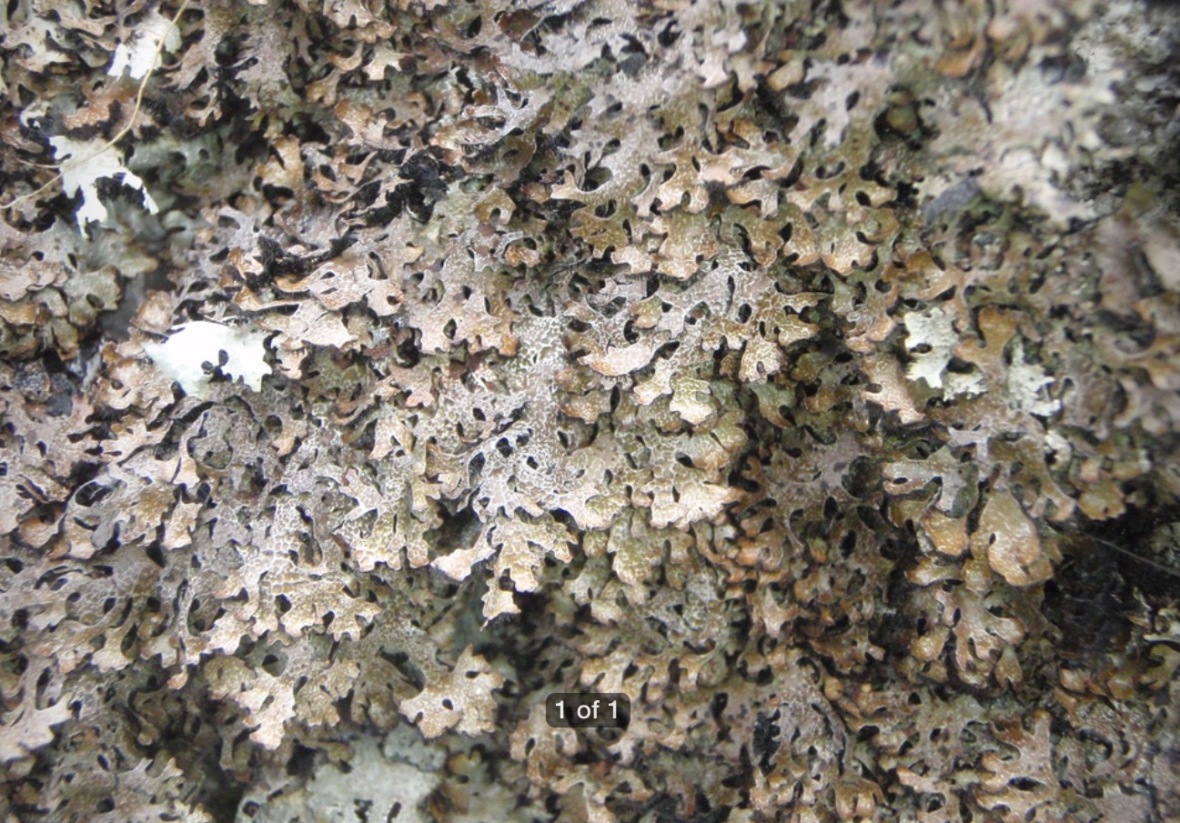
Parmela Omphalodes
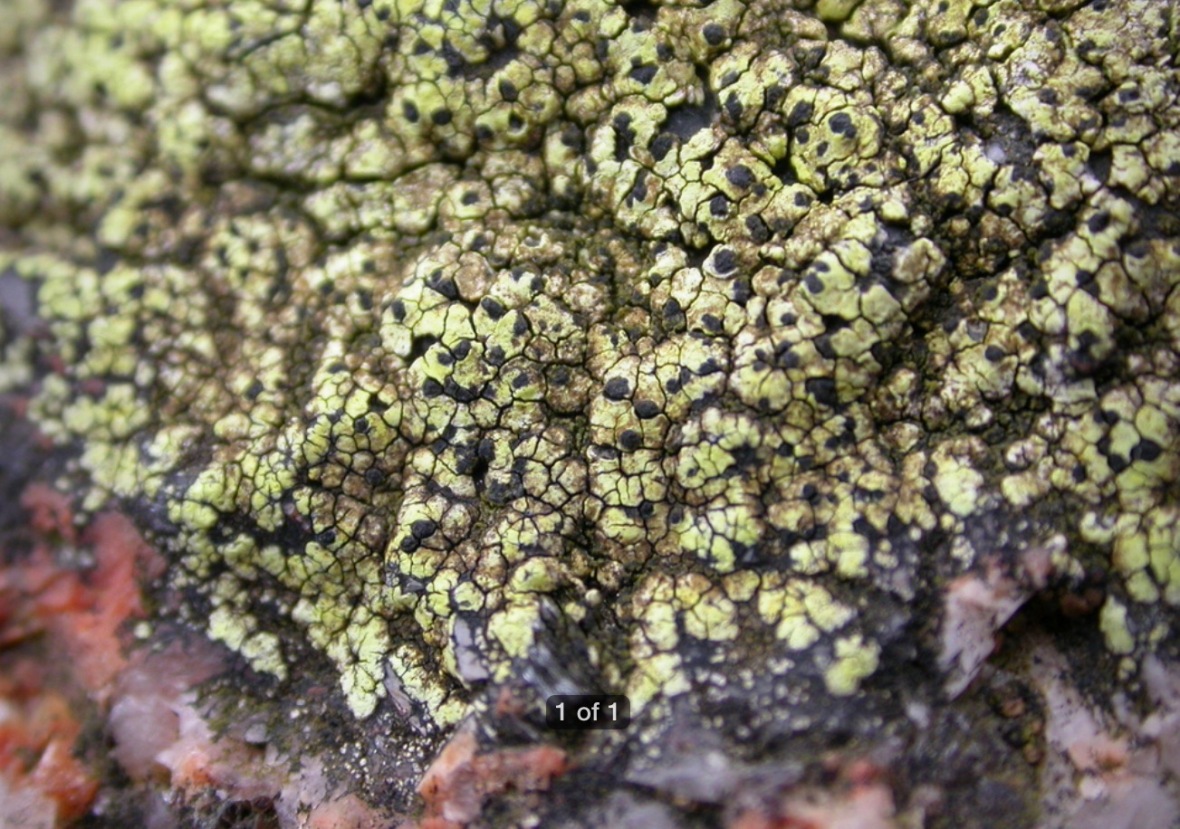
Rhizocarpon Geographicum
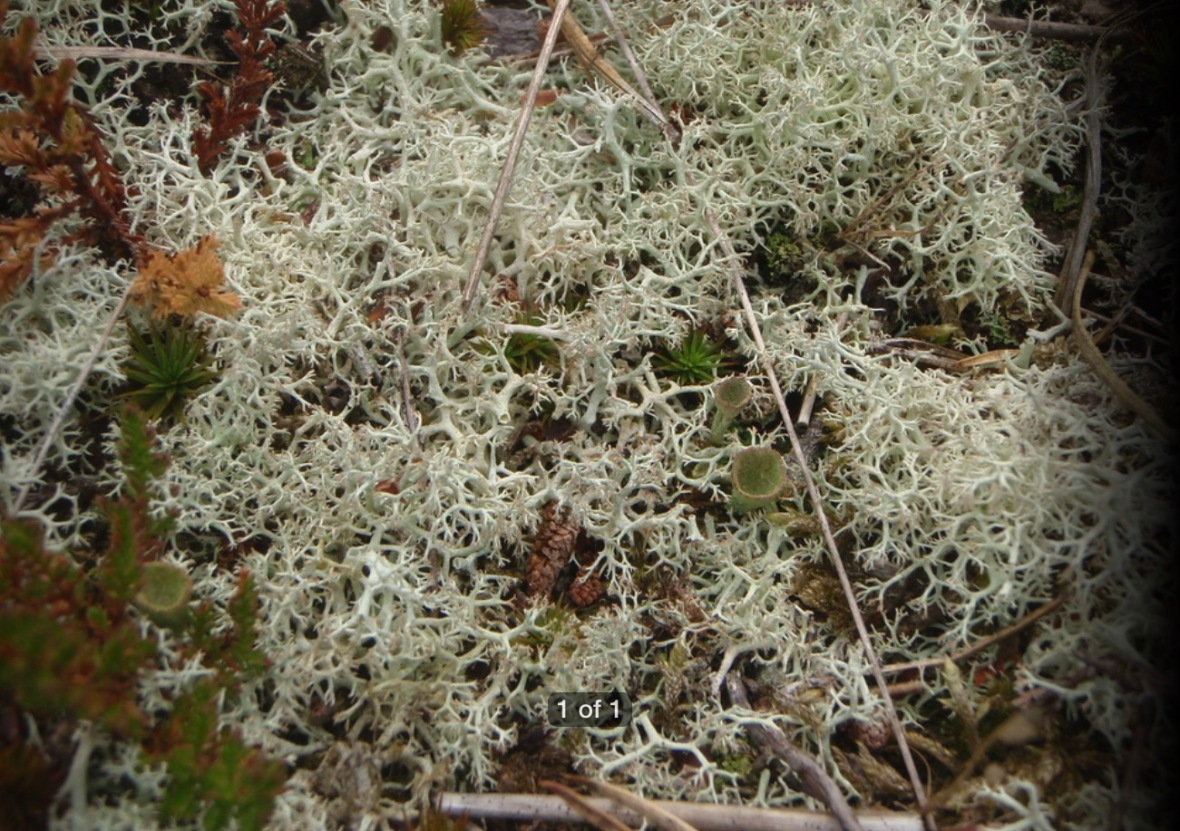
Cladonia Purtentosa
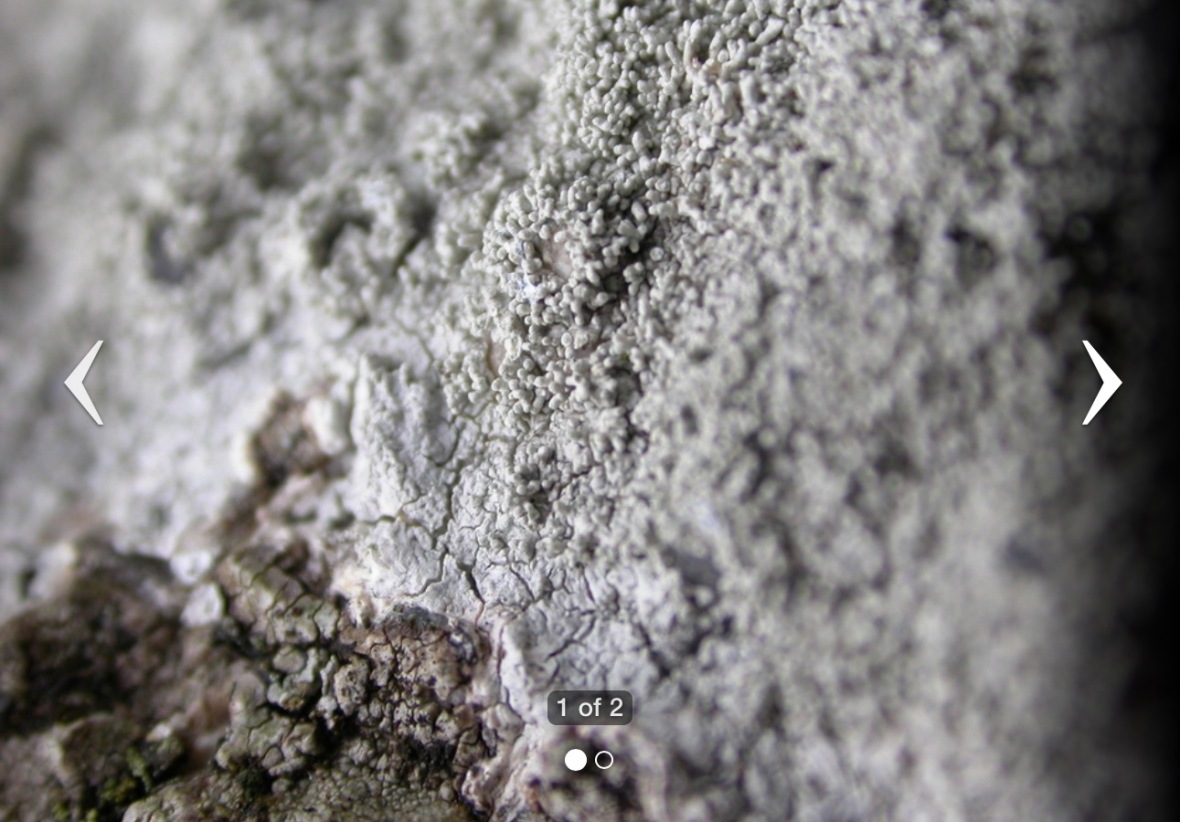
Pertusaria Corallina
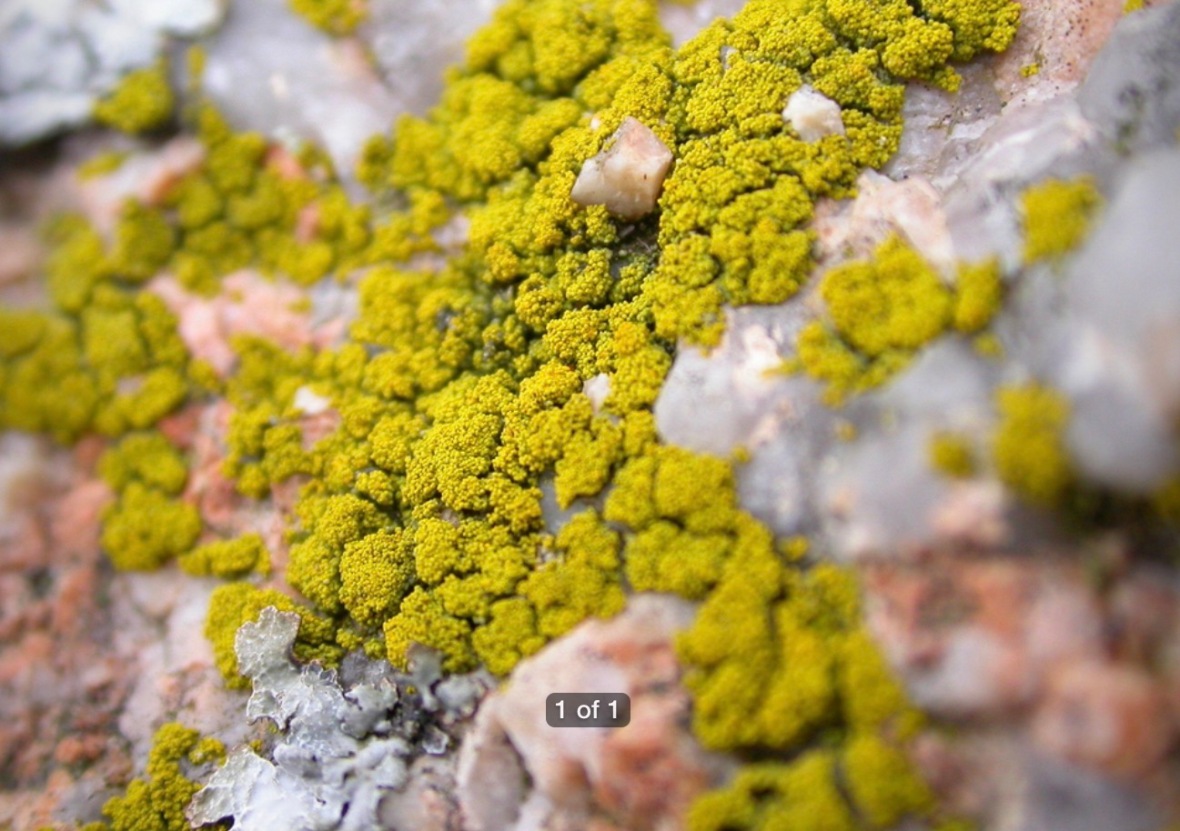
Candelariella Coralliza
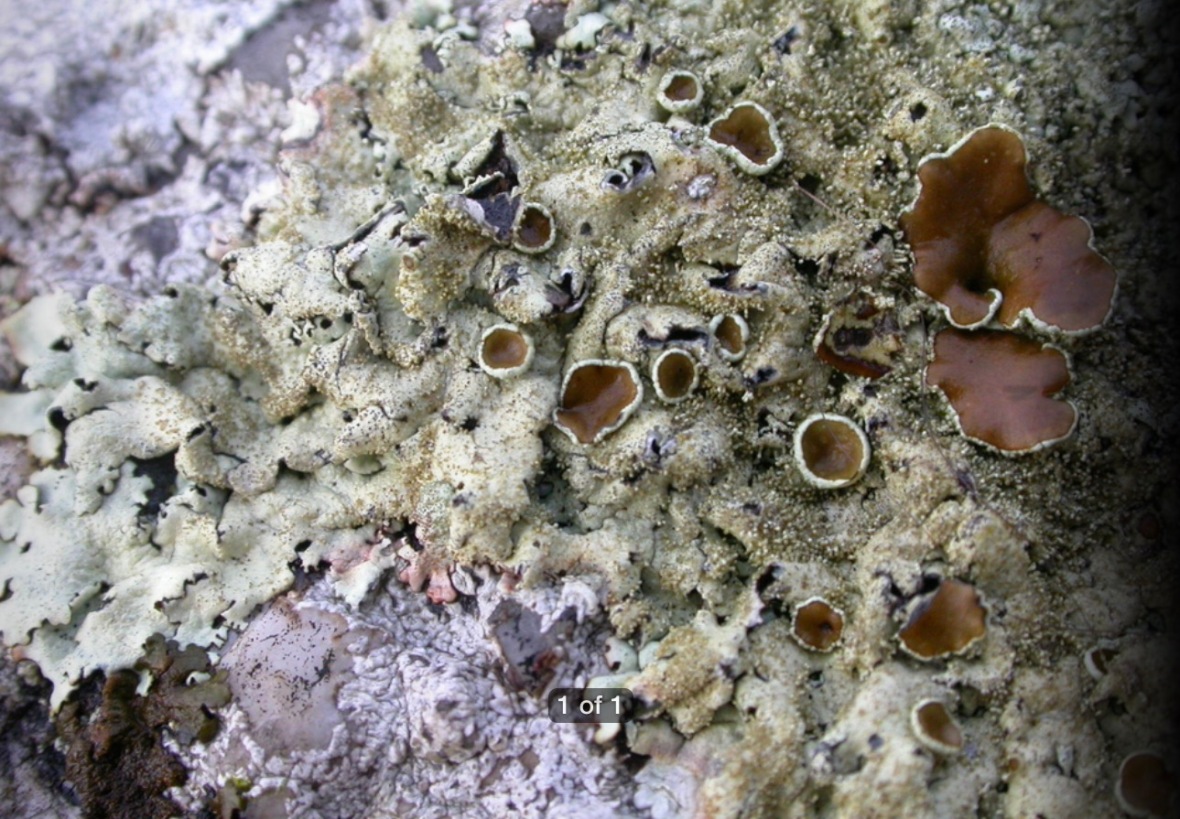
Xanthoparmelia Conspera
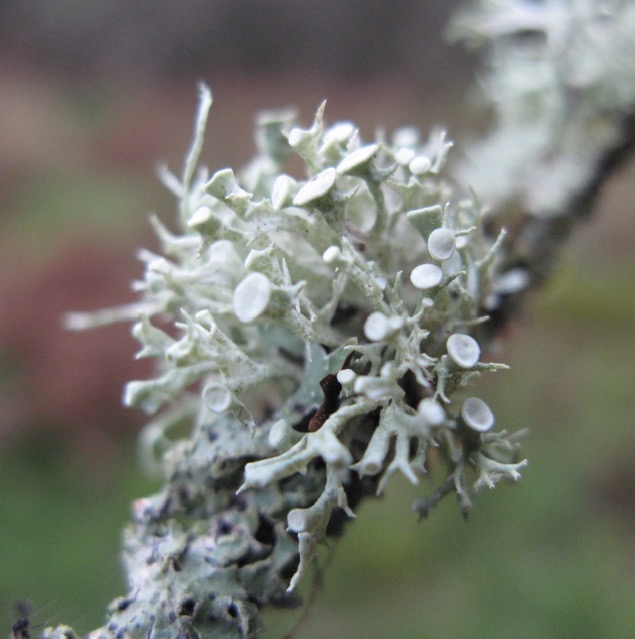
Ramalina Fastigiata – Fanfare of Trumpets
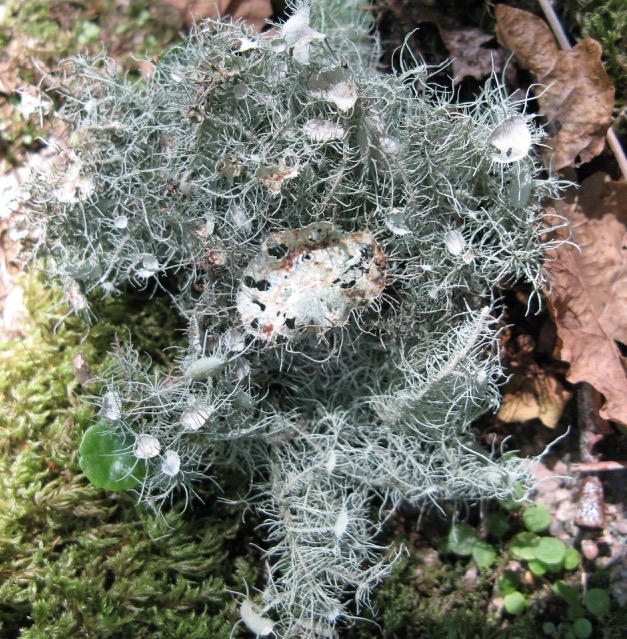
Sneak Florida – Witches Beard
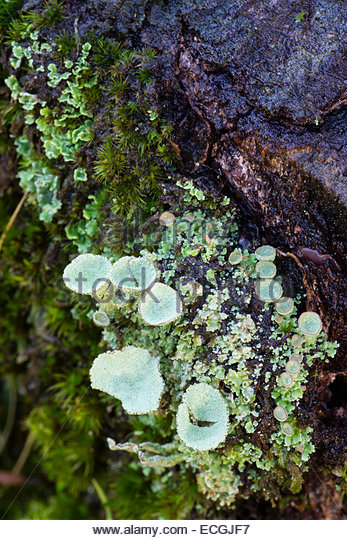
Cladonia Pyxidata – Pixie Cup
Like lichen there are so many varieties of mosses which all look so different. The climate of Dartmoor also meanas that moss can thrive. The woodlands and walls of Dartmoor are always completely smoothered. Here are some varieties found by the Devon Bryphote Group in Fingle Woods which where I took some of my photos and where you look down apon from Hunter’s Path.
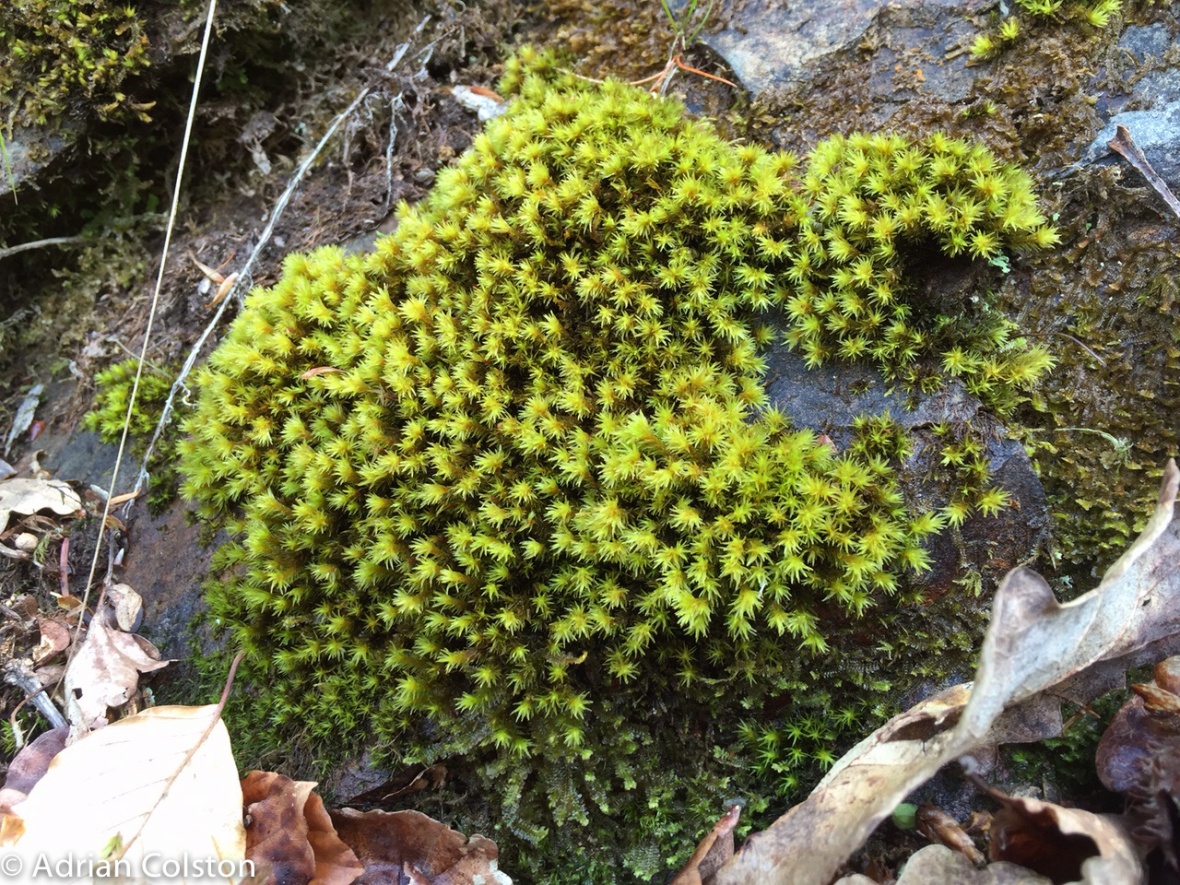
Racomitrium Aquaticum
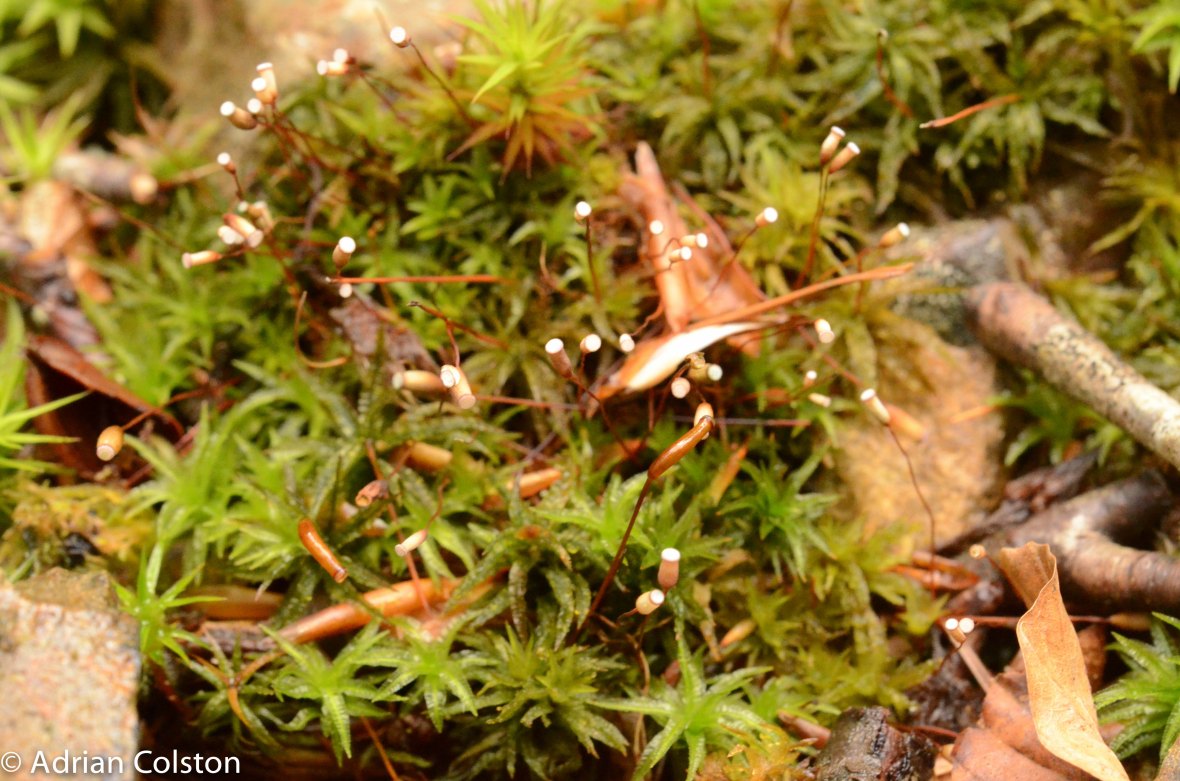
Pogonatum Aloides
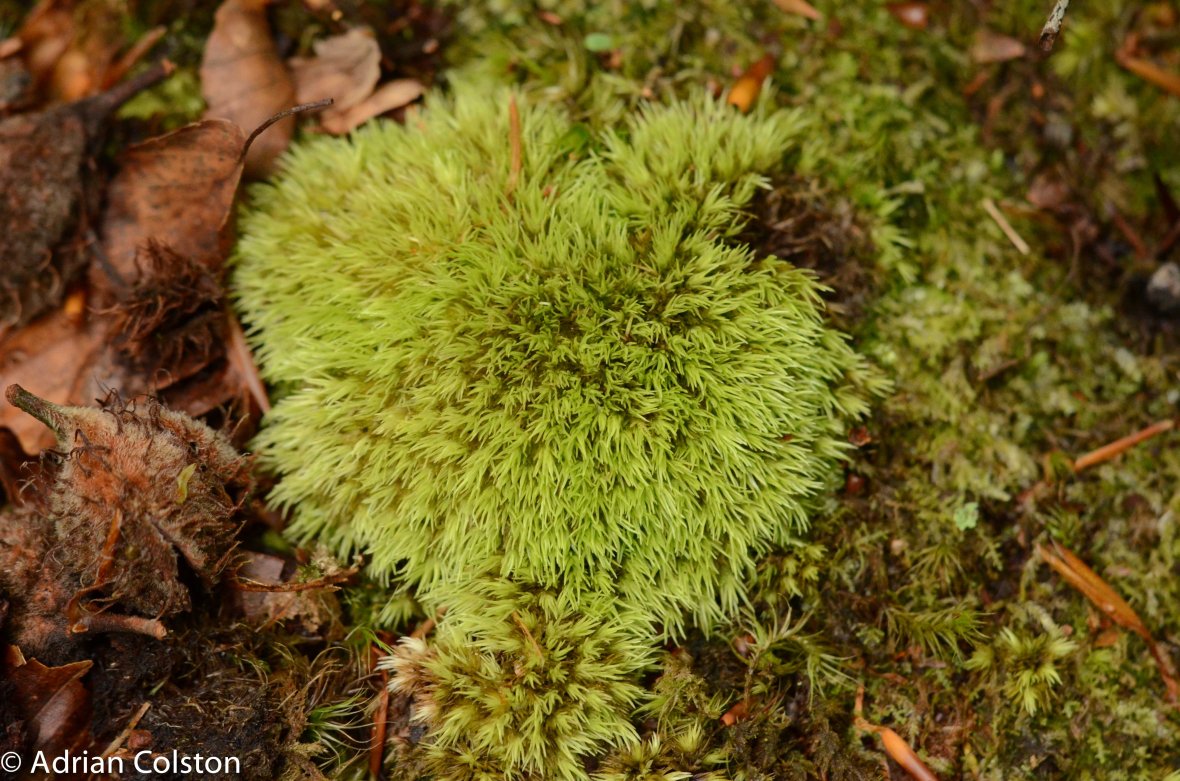
Leucobryum Juniperiubeum
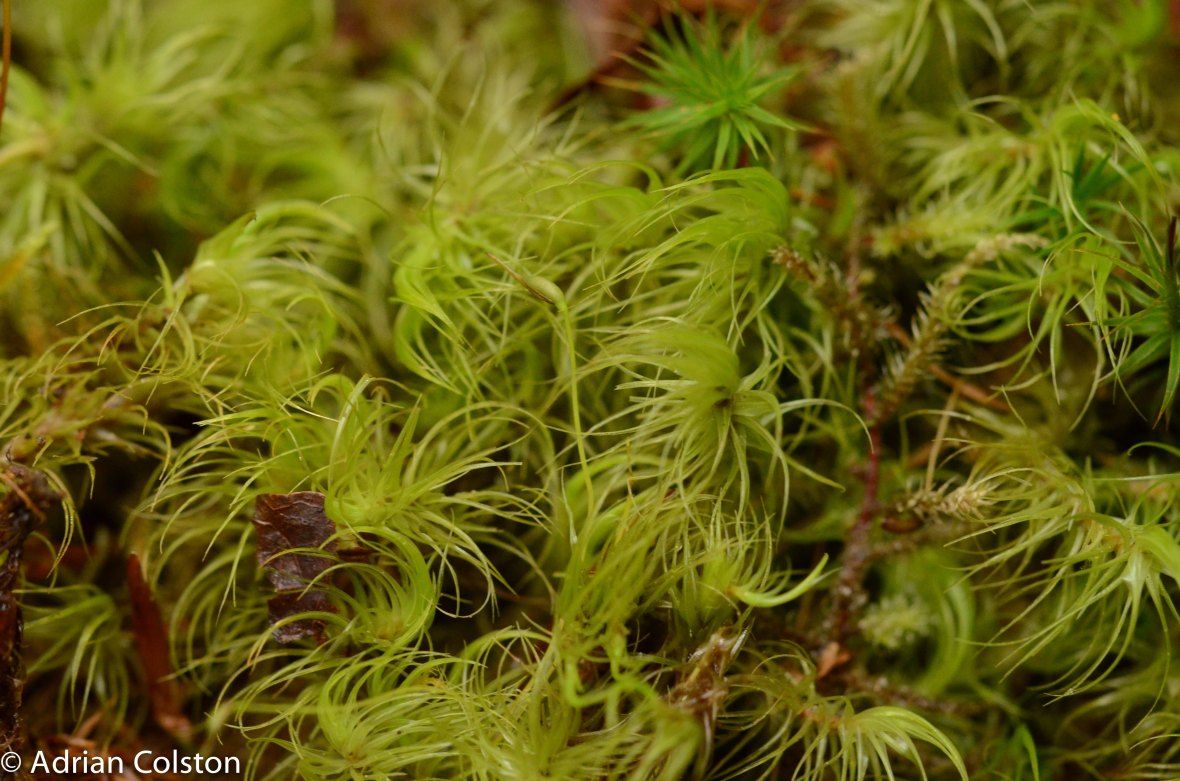
Dicranum Majus
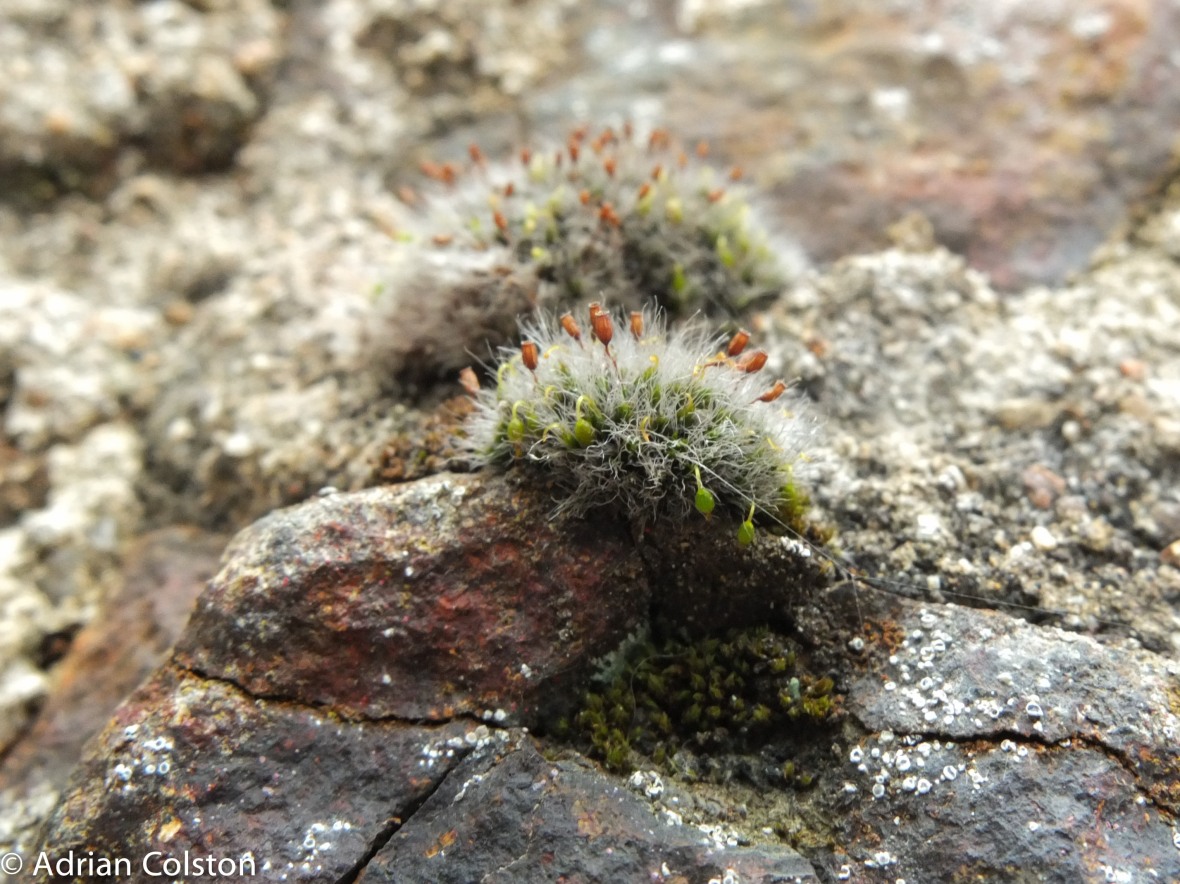
Grimmia Pulvinata